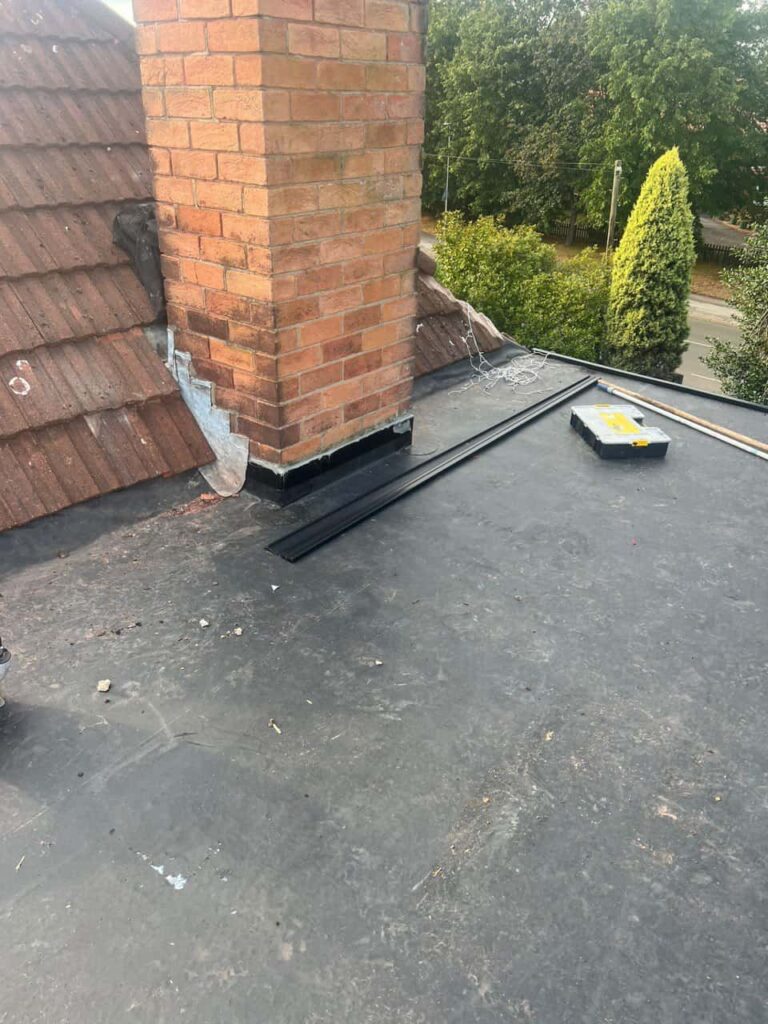Roof leaks are one of the most common issues faced by homeowners, and they often strike without warning. What begins as a small drip can quickly lead to costly repairs if not addressed promptly. Knowing where leaks typically start—and how to identify early warning signs—can save you time, money, and stress. At TRP Roofing Barton-upon-Humber, we help homeowners across Barton-upon-Humber, Lincolnshire diagnose and repair roof leaks before they escalate.
Here are seven of the most common places roof leaks begin and tips on how to spot them.
1. Damaged or Missing Roof Tiles
Strong winds, frost, or general wear and tear can cause tiles to crack or slip out of place. Once the protective layer is compromised, water can enter the underlayment and eventually reach your ceiling.
How to Spot It:
- Visible gaps or broken tiles from ground level
- Water stains appearing on interior ceilings after heavy rain
2. Roof Valleys
Valleys are the lines where two roof slopes meet. They naturally collect large volumes of rainwater, making them one of the most vulnerable points for leaks.
How to Spot It:
- Discolouration or damp patches along the valley inside the loft
- Moss growth or debris accumulation where the slopes meet
3. Flashing Around Chimneys and Skylights
Flashing is used to seal the edges where your roof meets protrusions like chimneys, skylights, or roof vents. If it cracks, lifts, or corrodes, water can easily seep in.
How to Spot It:
- Damp patches near the chimney breast or skylight
- Loose or visibly damaged flashing on the roof exterior
4. Gutters and Roofline Issues
Blocked, damaged, or overflowing gutters can allow water to back up under the roof edge. This often leads to leaks in the eaves or fascia area.
How to Spot It:
- Water dripping from unusual areas during rainfall
- Staining on external walls beneath the gutters
5. Roof Vents and Pipe Boots
Plastic or rubber pipe boots surrounding roof vents can degrade over time, allowing water to enter around the vent opening.
How to Spot It:
- Water staining or mould around the top corners of upstairs rooms
- Deteriorated vent collars visible on the roof
6. Flat Roof Sections or Dormer Connections
If your pitched roof has a flat section or dormer, these areas are prone to standing water and potential leaks if not properly sealed.
How to Spot It:
- Pooling water on flat sections after rain
- Damp or blistering paint on the walls below the dormer
7. Internal Condensation Mimicking a Leak
Sometimes what appears to be a roof leak is actually condensation forming in the loft due to poor ventilation. Over time, this can still damage timber and insulation.
How to Spot It:
- Damp loft insulation or beads of water on rafters
- Mould growth without any obvious entry point for rainwater
Conclusion
Understanding the common starting points of roof leaks can help you act before a minor issue turns into a major repair. Regular roof inspections, prompt attention to early warning signs, and professional maintenance are the best ways to protect your home from water damage.
If you suspect a leak or want peace of mind that your roof is secure, contact TRP Roofing Barton-upon-Humber. Our experienced team provides thorough inspections and expert repairs across Barton-upon-Humber, Lincolnshire, ensuring your home stays dry and protected all year round.
Call us on: 01652 241 127
Click here to find out more about TRP Roofing Barton-upon-Humber
Click here to complete our contact form and see how we can help with your roofing needs.

